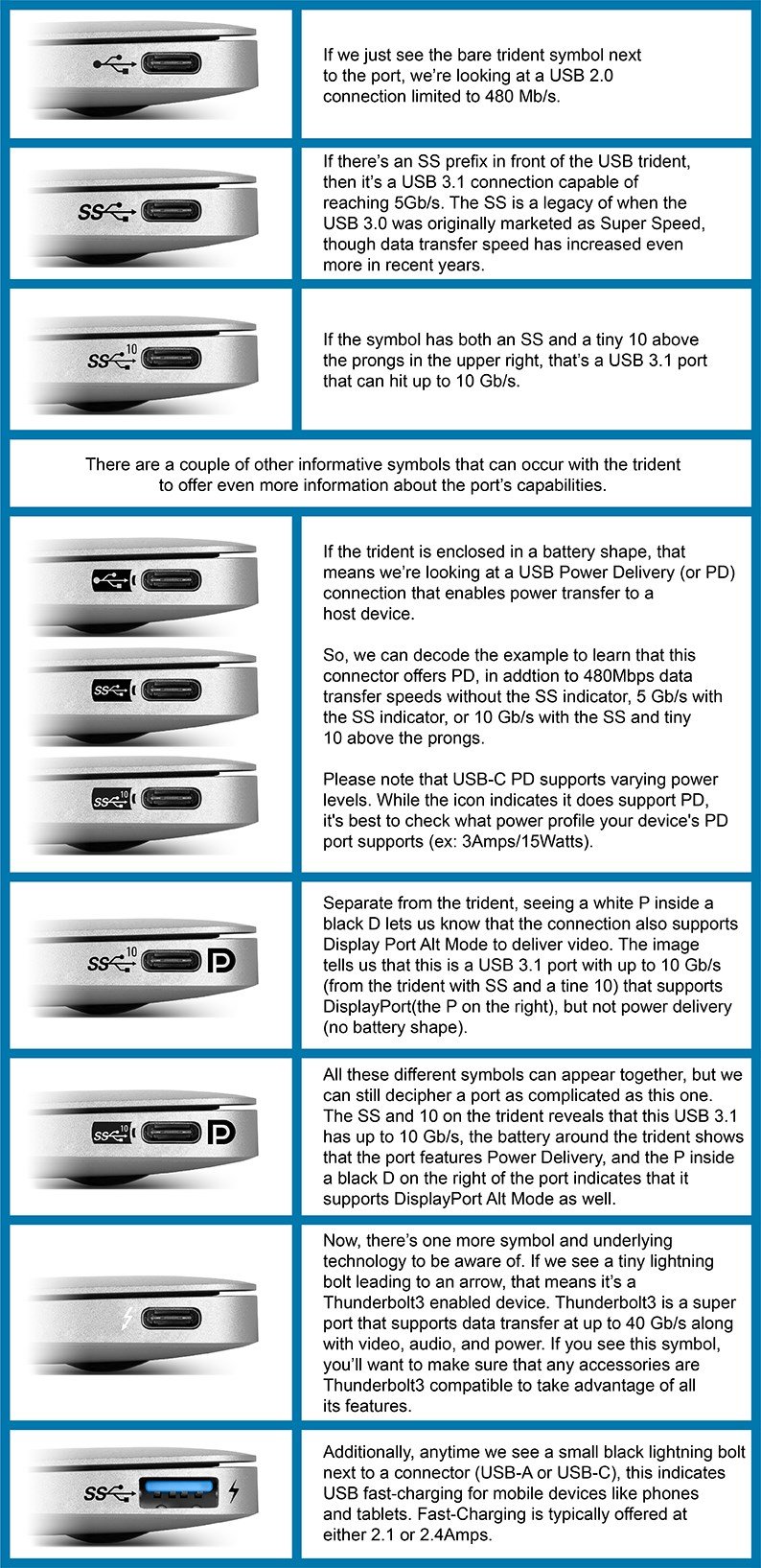this post was submitted on 09 Sep 2024
1594 points (97.4% liked)
Technology
69350 readers
4025 users here now
This is a most excellent place for technology news and articles.
Our Rules
- Follow the lemmy.world rules.
- Only tech related news or articles.
- Be excellent to each other!
- Mod approved content bots can post up to 10 articles per day.
- Threads asking for personal tech support may be deleted.
- Politics threads may be removed.
- No memes allowed as posts, OK to post as comments.
- Only approved bots from the list below, this includes using AI responses and summaries. To ask if your bot can be added please contact a mod.
- Check for duplicates before posting, duplicates may be removed
- Accounts 7 days and younger will have their posts automatically removed.
Approved Bots
founded 2 years ago
MODERATORS
you are viewing a single comment's thread
view the rest of the comments
view the rest of the comments

yet all I needed is a "this side up" symbol ...
Typically, the side of the plug with the USB logo is "up". There are exceptions.
Also typically, if a USB port is vertical, up is to the left. Again, there are exceptions.
Honestly, I didn't really have an issue with USB type A ports. They worked fine, and it was only a minor inconvenience to orient them the right way. I cared far more about capabilities of the port (speed, power delivery, etc) than I did about the actual port.
That said, micro-USB sucks in every way. The awkward "is this the right way?" thing is way worse than with USB-A, it's not meaningfully smaller than mini-USB, the port is incredibly hard to clean (and it always gets dirty), and the connector seems to break all the time. I would've been totally fine with moving everything to mini-USB instead. The connector was less flimsy without being that much bigger, and it had room for more wires.
I do like USB-C though, I'm just not sure the added complexity is worth it.
I believe that the reason that the smaller USB variants showed up was because some devices were just too small to physically accommodate a USB-A plug. Think MP3 players and later -- very importantly -- smartphones.
For the vast majority of consumer electronics, USB-A is fine. But for things that are as thin as possible, usually to fit into a pocket, it starts to bump up against limits.
Mini-USB put the tensioners -- the bit that wears out over time, is the bottleneck on the lifetime of the thing -- on the (expensive) device rather than the (cheap) cable. Micro-USB and USB-C didn't make that mistake.
Like, I think that there was a legitimate reason to fix that one way or another.
Sure, and I had a handful that used mini-USB instead of micro-USB, and they were completely fine. It's easy to quickly look at the plug and orient it the right way, whereas with micro-USB, it's a fair bit harder.
I don't think I ever had a mini-USB device wear out the port. Then again, I didn't have a ton of them, so maybe it's more common.
Regardless, USB-C feels like an over-engineered solution to a few small problems. The ability to use it in any orientation is nice I guess, but I still have similar problems that I had w/ micro-USB, with cables wearing out over time. I'd rather we optimize for easier to swap ports (i.e. something like the Framework laptop's changeable ports).
Word